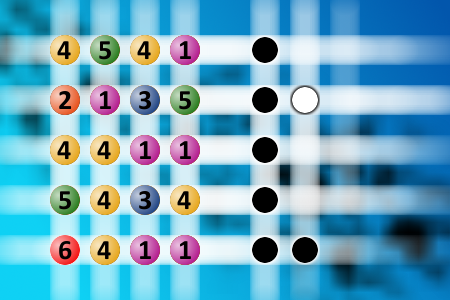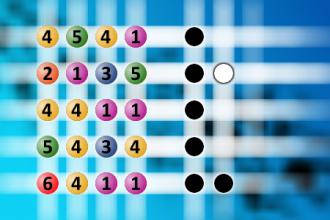Which is a winning combination of digits?
The computer chose a secret code (sequence of 4 digits from 1 to 6). Your goal is to find that code. Black circles indicate the number of hits on the right spot. White circles indicate the number of hits on the wrong spot.Correct answers: 16
#brainteasers #mastermind

Staring at the orange juice
In the morning, a blonde enters a restaurant with a carton of orange juice. She puts the orange juice on the table and stares at it.
The store is about to close down and the blonde is still staring at the orange juice. A waiter comes and asks the blonde, "Excuse me, we are about to close for the evening, I'm afraid your going to have to leave."
"No," the blonde replies.
"Why not?" questions the waiter.
"The carton says 'concentrate'".
The store is about to close down and the blonde is still staring at the orange juice. A waiter comes and asks the blonde, "Excuse me, we are about to close for the evening, I'm afraid your going to have to leave."
"No," the blonde replies.
"Why not?" questions the waiter.
"The carton says 'concentrate'".

